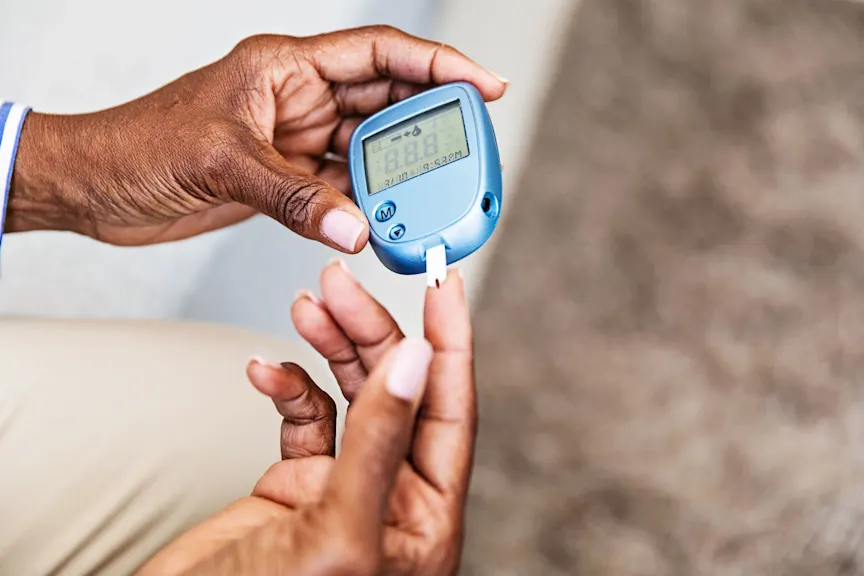What More You Need to Know About Diabetes

What You Need to Now About Diabetes
By Abbah Christy
Diabetes is a long-term metabolic condition marked by increased levels of blood sugar. This situation arises when the body either fails to generate sufficient insulin or is unable to effectively utilize the insulin it does create. Insulin is a hormone that controls blood glucose levels. If high blood sugar remains unmanaged over time, it can harm several organs and systems within the body, such as the heart, blood vessels, eyes, kidneys, and nerves.
Types of Diabetes:
- Type 1 Diabetes:
In this type, the immune system mistakenly attacks and destroys the cells in the pancreas that produce insulin. Individuals with type 1 diabetes must take insulin every day to survive.
- Type 2 Diabetes:
In this condition, the body either becomes resistant to insulin or the pancreas does not produce adequate insulin to fulfill the body’s demands. Type 2 diabetes is the most prevalent type and is often linked to lifestyle choices such as obesity and insufficient physical activity.
- Gestational Diabetes:
This type occurs during pregnancy and typically subsides after giving birth. Nonetheless, it raises the likelihood of developing type 2 diabetes in the future.
Signs of Diabetes:
- Heightened thirst and increased urination
- Severe tiredness
- Blurred eyesight
- Slowly healing wounds
- Recurring infections
- Tingling or numbness in the extremities (more prevalent in type 2)
Consequences of Diabetes:
- Cardiovascular disease and stroke
- Kidney complications
- Nerve injury (neuropathy)
- Vision issues (retinopathy) and the risk of blindness
- Feet complications (sores, infections, amputations)
- Infections of the skin
- Issues with erectile function
- Loss of hearing
- Problems with oral health
Management and Treatment:
- Type 1: Insulin administration (either through injections or a pump), monitoring blood sugar levels, maintaining a nutritious diet, and incorporating exercise.
- Type 2: Adjustments to lifestyle (nutritious dietary choices, weight reduction, consistent physical activity), use of medications (either oral or injectable), and monitoring blood glucose levels.
- Gestational: Adopting a nutritious diet, exercising, and keeping track of blood sugar levels, with medication when necessary.
Prevention:
- Keeping a healthy weight
- Consuming a varied diet rich in fruits, vegetables, and whole grains
- Participating in regular physical activity (aiming for at least 150 minutes each week)
- Effectively managing stress
- Attending regular health checkups







